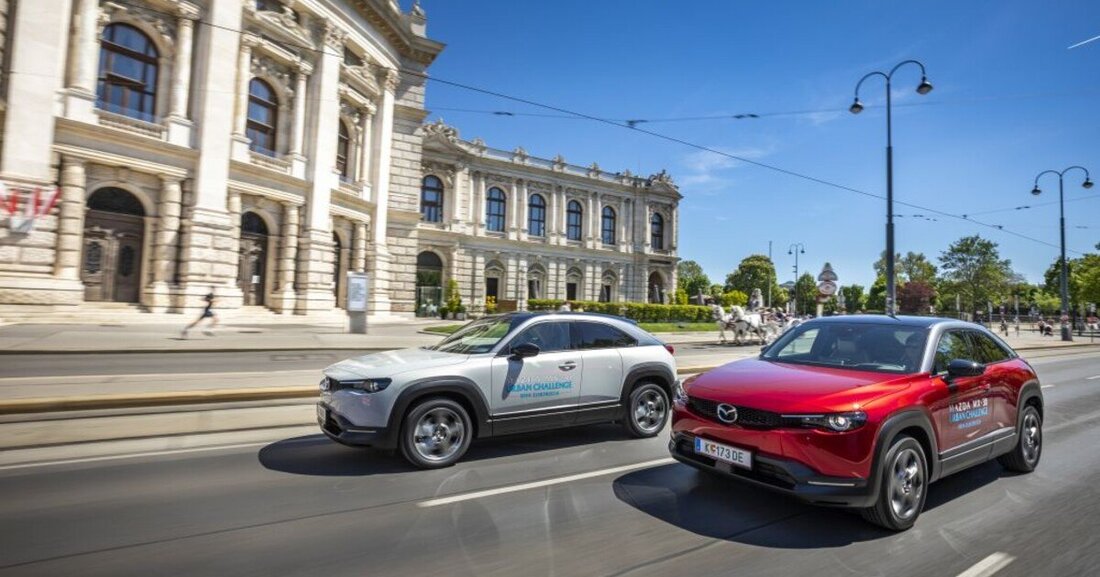Optimism is returning”
There's room for Mazda. The legendary advertising slogan is back in season. Insofar as the Japanese car manufacturer wants to succeed in the market as a climate-neutral mobility provider, preferably in the corporate customer segment. Mazda Austria boss Heimo Egger explains the strategy.

Optimism is returning”
The man seems to be active in the right place at the right time: Heimo Egger, Managing Director of Mazda Austria, is a big fan of electromobility. This is exactly what Mazda now wants to push forward. By 2030, every model of the brand will be electric. The group wants to be completely CO2 neutral by 2050. And not just in terms of the emissions of the products themselves, i.e. their drive, but the entire life cycle. “Mazda calculates according to the strict life cycle assessment formula – including raw material production, car production, maintenance and disposal,” explained Egger at an event in Vienna during which the electrically powered MX-30 was tested. The aim of the so-called Urban Challenge was to move the MX-30 as efficiently as possible through Vienna's city traffic on the Ringstrasse and to demonstrate that the factory consumption of the electric car can actually be undercut.
Urban Challenge
This event deserves attention because it was the first live event in what feels like forever. Under strict security controls and with corona tests, small groups gathered in a Vienna city center hotel that had been rented specifically for this purpose. After its market launch in September 2020, the MX-30 sold 400 units in Austria by the end of the year. Egger expects sales of around 600 units this year.
In total, Mazda is targeting sales of 9,000 vehicles in Austria in 2021. That would be a third more than in the crisis year of 2020, which the entire group (at Mazda, however, the financial year always ends in March) was at least able to finish operationally in the black. There was a net loss of around 256 million euros. But now the world is looking better again. “Optimism is returning,” says Egger.
In the near future, Mazda will not only focus on e-mobility. Mazda will bring two plug-ins and a full hybrid onto the market within the next eleven months. At the same time, there will also be new, even lower-emission combustion engines: From 2022, a new diesel in-line six-cylinder will be available, followed by new gasoline engines with compression ignition (also as a six-cylinder). “We chose a multi-solution approach,” emphasizes Mazda manager Egger. The fact that combustion engines need to be taken into account on the path to CO2 neutrality is shown by the number of existing vehicles, 99 percent of which still run on gasoline or diesel worldwide. It is also important to focus on fuel, which is why Mazda was the first car manufacturer to join the international eFuel alliance.
Ambitious plans
Last but not least, Mazda also wants to push its fleet business in Austria. Most recently, one in ten Mazda buyers was a corporate customer, and by 2023 this should be one in four. By the way, the MX-30 has a commercial customer share of no less than 70 percent. Now it's important to get retailers to provide potential customers with the best possible advice when it comes to subsidies. And Mazda is looking for a cooperation partner for fleet management.

 Suche
Suche
 Mein Konto
Mein Konto